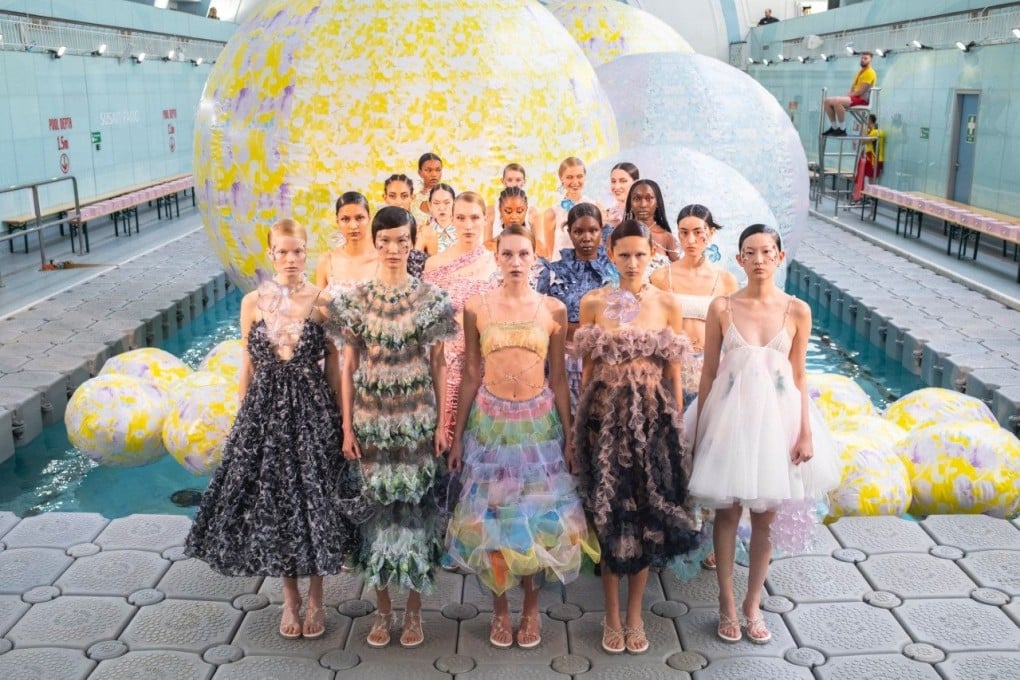Profile | ‘I feel very linked with nature’: Chinese fashion designer Susan Fang on the inspiration for her ethereal clothes and accessories
- London-based fashion designer Susan Fang grew up in various places, and from an early age found solace in the natural world and the way it could lift her mood
- Fang, who worked for Stella McCartney and Celine before going it alone, explains how nature inspires her sustainable designs such as handbags that mimic bubbles

Susan Fang lived in more cities before her 18th birthday than many people visit in their lifetime.
She rattles through the list, which spans various parts of China, Britain, Canada and the United States, and then pauses. “It was challenging moving a lot,” she says. “My family was there for me but they were working hard, and I obviously went to the boarding schools on my own.
“But it was in this period that I really learned how important nature can be in lifting your mood.”
For Fang, happiness means immersing herself in the natural world, whether that is plunging into the ocean or walking through a sunlit garden.

In times of stress or anxiety, she closes her eyes and pictures a particularly beautiful natural scene. It is no surprise, then, that her fashion collections are largely drawn from these land- and seascapes, as well as from broken flowers, sliced fruits, water droplets and cut grass.
